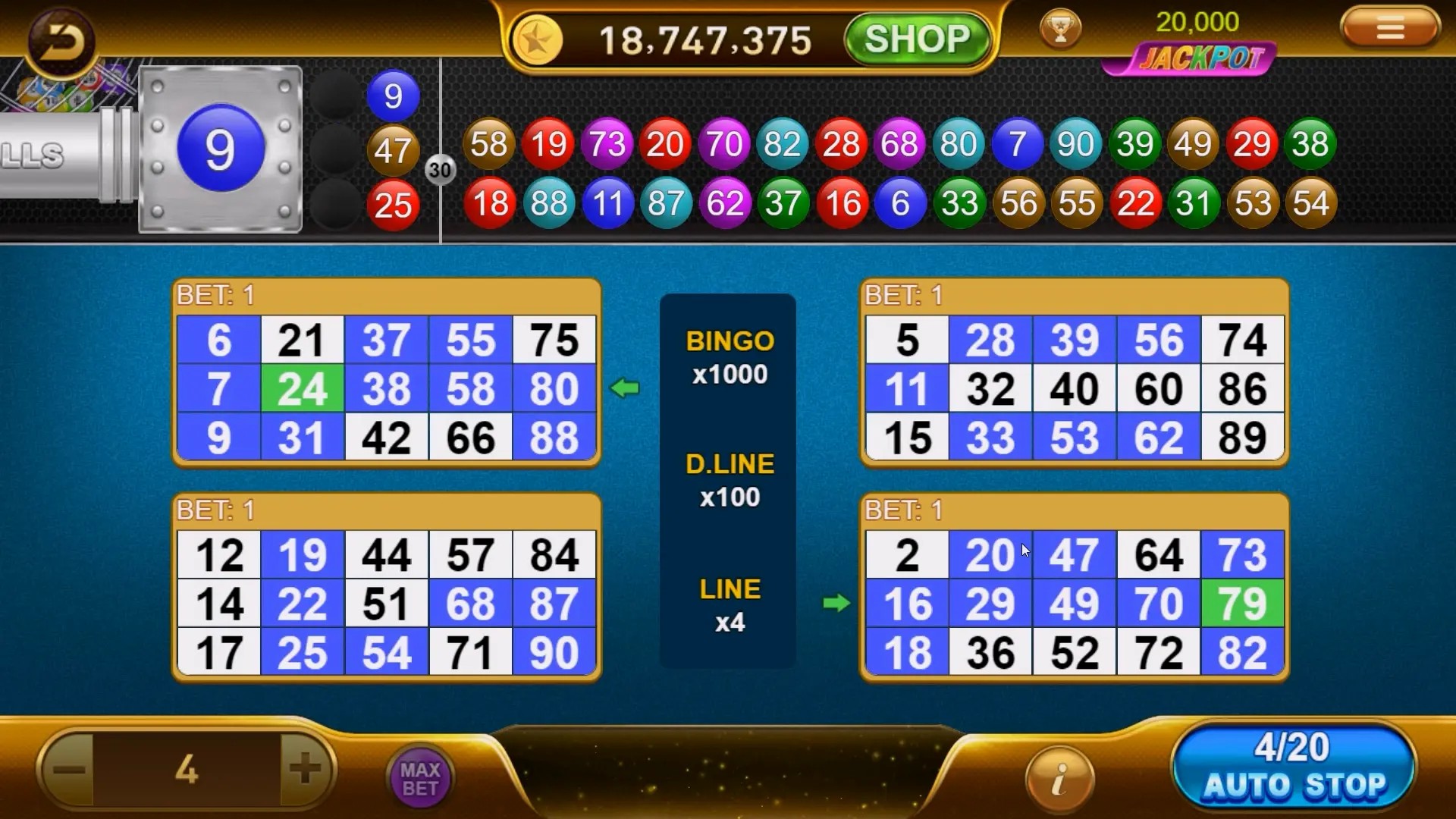The Surprising Power of Idle Games: How Creativity Fuels the Rise of Mindless But Addictive Creative Games
When you hear “idle games," what’s the first image that springs to mind? Probably something boring, right? Like those ultra simple tap-to-click titles that take up a chunk of storage on your phone but not enough to care about removing. Yet idle gaming – yes, this seemingly “mindless" genre – is enjoying a quiet yet mighty rise, especially in markets like Hong Kong where players juggle productivity and digital escape on daily commutes.
Idle games are more than “click and leave." They've evolved beyond their barebones roots into experiences that marry **minimalism** with smart design, using clever progression mechanics and surprising depth under layers of low-effort appeal. Some might even argue they're more *addictive* than high-octane mobile epics like Clash of Clans Free Games Online precisely because they demand zero urgency, only gentle commitment. And within this paradox lies their real power.
Defining “The Real Value" Of Idle Gameplay
If there's one rule about the modern player experience in cities like Kowloon or Central: engagement no longer means excitement through intensity, instead through presence and gentle reward structures woven seamlessly into life routines.
- Addiction Mechanics Are Quiet But Persistent: No countdown timers screaming in pop-ups, but subtle psychological loops based on slow growth, curiosity-driven unlocks, or passive team building mechanics akin to RPG management minus the micromanagement fatigue.
- Better Battery Life Than Your Boss's Patience: Players can run idle titles on second accounts for background grinding – perfect multitaskers next to YouTube or productivity software.
- Design Language Is Deliberately “Non-Intrusive": The most successful idle games today avoid red badges, aggressive push reminders. If you haven’t touched the app in five days, there's just enough progress built during offline hours to keep coming back – gently. This mirrors Japanese-style 'mochiyoru' game theory; play when you have mental gaps between subway rides or waiting at Tai Wai Starbucks outlets during peak hours.
- Inclusivity By Choice:This is a gaming genre accessible without elite reflexes, no microtransactions that force skill ceilings like some online battle arena title or FPS grind. Anyone can play, anywhere.

Think of Idle as Anti-Gaming. It lets players enjoy systems that evolve while they focus on other life activities — work, sleep, binge Netflix, you name it.
No wonder younger adults living in fast-paced Hong Kong lifestyles see idle games not as “time-waste apps," but as calming companions balancing against the constant rush around them.
The Hidden Role of Creative Design
Here's where we pivot from assumption (“oh, lazy devs slapped a counter on-screen again?") to actual creativity.
Many top-grossing idle projects don't rely on raw simplicity anymore, they use scaffolded systems of increasing sophistication beneath a low-energy aesthetic exterior. Consider:
- Tier One (First Hour): Tap to gain resources
- Tier Two: Buy upgrades
- Tier Three: Assign workers
- Tier Four: Automate economy
- Tier Five (Optional): Introduce PvP elements or competitive leaderboards
- Final Stage – Optional Narrative Layers: Unlock story snippets upon milestone achievements, creating lore discovery moments similar to "Is God of War Ragnarök the last Kratos game?", tying emotion and investment into long-time engagement incentives
Clash of Clans, Idle Mode Edition?
If that feels abstract, think Clash of Clans… but slower-burning, less demanding. Imagine starting a free build-a-faction strategy game but without being constantly prompted to join guild wars, do raid tasks daily, collect every drop chest.
We’ve already seen hints: titles inspired by Supercell worlds offer "passively collected clan quests", auto-building base generators and NPC units working in teams while offline – giving casual players the fantasy without all the anxiety over losing rank after sleeping past a scheduled war attack.
This evolution isn't about copying core concepts of popular freemium mobile giants – its purpose is deconstructing the emotional cost involved in staying "relevant". An idle mode allows casual participants a form of soft immersion; I didn’t actively build an empire but feel rewarded for letting things develop naturally, like nurturing a garden rather than conquering lands.
What Does Addiction Here Even Mean?
This kind of hooked behavior often gets criticized for manipulating dopamine hits too cheaply, but idle games challenge our definition by offering satisfaction rooted in observation – not performance.
Mindful Retention Loops vs. Traditional Engagement Tools:
| Tier/Model | Gear Focus | Retention Strategy | User Profile (2023 Estimate) | Paid Conversion Range |
|---|---|---|---|---|
| Casual Free-to-Play AAA Mobile | Reward Sprints, Social Features | Daily Challenges & Leaderboards | Youth-heavy Urban Users | ~2%–5% |
| Stale Hyper-Casuals | Instant Grunt-Based Rewards | Ad Revenue Monetization Looping | Mid-teens to early 20s, Lower ARPPU | .5%–1.3% |
| Viral Minimalist Idle Apps | Social Proof Through Automation | Late-Night Scrolling Hook Mechanism | Hong Kong & Asia Pacific Young Professionals / Students | 3%+ depending on UX friction reduction tactics |
| Type of Experience | Player Behavior Patterns | |
| Traditional Competitive Titles | High-intensity, timed sessions required. Frequent interruptions (pings! alerts!) encourage compulsiveness | |
| Modern Idle Design Examples include Cookie Clicker clones and AI-assisted indie spinoffs targeting adult stress reduction goals in dense metro regions |
Visual Growth | Dopaminergic response tied more closely to visible change in-state over long-term, e.g., resource multiplier scaling animations over time. Visual feedback gives comfort like plant grows observed daily |
| Background Systems Running Efficiently On Their Own | Eyes off but still engaged feeling comes through ambient soundtracks syncing with automated processes; notification sounds signaling passive milestones | |
| Social Layer Without Performance Stress | Detect if your offline friends beat certain ranks via system autonomy - builds camaraderie without active pressure | |
If you think about it, many busy Hong Kong students, professionals, night owls who scroll subconsciously through apps at Tsuen Wan MTR station may get better cognitive rest and emotional release through these low-drama experiences than adrenaline-filled multiplayer marathons designed around FOMO.
Trends Fueling The Creative Explosion Among Developers In Asia Tech Scenes
Gaming has always mirrored cultural shifts. As urban life across places like Kwun Tong or Hung Hom grows increasingly packed – job applications sent during lunch break windows followed by client meeting prep done on trains – developers find ways to cater creatively but responsably for fragmented attention spans. Idle games fit here because they adapt to users, not vice versa. You aren't expected to bend life around them.



